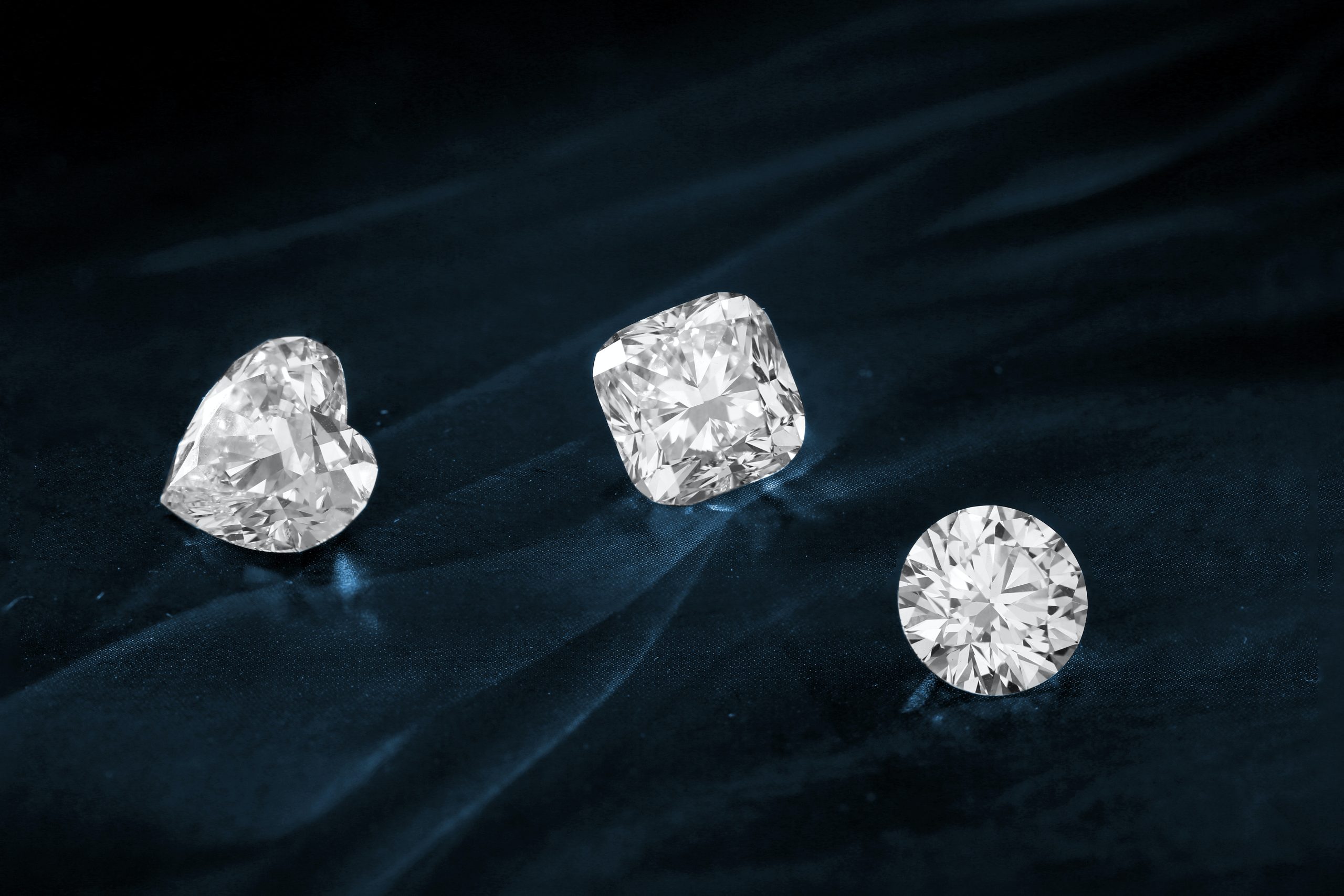Lab-grown diamonds, once a curiosity in the jewelry industry, are now emerging as a serious contender to their mined counterparts. But what exactly are lab-grown diamonds, and what sets them apart? Let’s delve into the fascinating world of lab-grown diamonds and uncover the secrets behind their rising popularity and undeniable allure.
Introduction to Lab-Grown Diamonds
What are Lab-Grown Diamonds?
Lab-grown diamonds, also known as synthetic or cultured diamonds, are created in controlled laboratory environments rather than being formed naturally underground. Despite their human-made origins, lab-grown diamonds possess the same chemical composition, physical properties, and optical characteristics as mined diamonds.
How are They Made?
Lab grown diamonds can be produced using two primary methods: High Pressure-High Temperature (HPHT) and Chemical Vapor Deposition (CVD). In the HPHT method, insider story of lab grown diamonds better, a diamond seed is placed under high pressure and temperature, mimicking the conditions in the Earth’s mantle where natural diamonds form. In contrast, the CVD method involves the deposition of carbon atoms onto a substrate, gradually building up the diamond crystal layer by layer.
The Rise of Lab-Grown Diamonds
Growing Popularity
In recent years, lab-grown diamonds have witnessed a surge in popularity, driven by factors such as technological advancements, increasing consumer awareness, and shifting attitudes towards sustainability and ethics. As more people become informed about the benefits of lab-grown diamonds, their demand continues to rise.
Economic and Environmental Impact
Beyond their appeal to consumers, lab-grown diamonds also offer significant economic and environmental benefits. By reducing the reliance on diamond mining, which often involves environmentally destructive practices and labor concerns, lab-grown diamonds contribute to a more sustainable and ethical jewelry industry.
Comparing Lab-Grown Diamonds to Mined Diamonds
Quality and Characteristics
One of the most common misconceptions about lab-grown diamonds is that they are inferior to mined diamonds in terms of quality. However, lab-grown diamonds exhibit the same exceptional brilliance, hardness, and clarity as their natural counterparts. In fact, many experts argue that lab-grown diamonds can even surpass mined diamonds in terms of purity and consistency.
Price and Affordability
Another advantage of lab-grown diamonds is their affordability. Due to the controlled production process and reduced overhead costs, lab-grown diamonds are typically priced lower than mined diamonds of comparable quality. This accessibility makes them an attractive option for budget-conscious consumers without compromising on beauty or elegance.
The Science Behind Lab-Grown Diamonds
High Pressure-High Temperature (HPHT) Method
In the HPHT method, lab diamonds, a small diamond seed is placed in a diamond growth cell and subjected to extreme pressure and temperature conditions, replicating the natural diamond formation process. Carbon atoms in a gaseous state are then introduced, allowing them to bond and crystallize around the seed, gradually forming a larger diamond crystal.
Chemical Vapor Deposition (CVD) Method
In contrast, the CVD method involves the use of a hydrocarbon gas mixture, such as methane and hydrogen, which is introduced into a vacuum chamber containing a diamond substrate. When heated, the hydrocarbon gas breaks down, releasing carbon atoms that adhere to the substrate’s surface, forming a thin layer of diamond over time.
Ethical Considerations
Conflict-Free Origin
One of the key advantages of lab-grown diamonds is their conflict-free origin. Unlike mined diamonds, which may be associated with human rights abuses and environmental harm in regions where they are extracted, lab-grown diamonds are produced in controlled laboratory settings, ensuring ethical sourcing and transparency in the supply chain.
Transparency in the Supply Chain
Transparency is paramount in the jewelry industry, and lab-grown diamond manufacturers are committed to providing full disclosure about the origin and production process of their diamonds. Through initiatives such as blockchain technology and certification programs, consumers can trace the journey of their lab-grown diamonds from the laboratory to the showroom.
The Future of Lab-Grown Diamonds
Technological Advancements
As technology continues to advance, the production of lab-grown diamonds is becoming more efficient and cost-effective. Innovations in manufacturing techniques, such as automation and artificial intelligence, are revolutionizing the diamond industry and paving the way for a future where lab-grown diamonds are the norm rather than the exception.
Market Trends
Market trends indicate a growing acceptance of lab-grown diamonds among consumers, particularly younger generations who prioritize sustainability and ethical practices. This shift in consumer preferences is driving jewelry retailers to expand their offerings of lab-grown diamonds and cater to the evolving needs of their clientele.
Mythbusting: Common Misconceptions
Are Lab-Grown Diamonds “Fake”?
One of the most persistent myths surrounding lab-grown diamonds is that they are somehow “fake” or less valuable than mined diamonds. In reality, lab-grown diamonds are chemically and structurally identical to natural diamonds, making them genuine gemstones with all the inherent beauty and durability.
Durability and Longevity
Contrary to popular belief, lab-grown diamonds are just as durable and long-lasting as mined diamonds. They share the same hardness and resilience, making them suitable for everyday wear and capable of withstanding the test of time. Whether set in an engagement ring or a pair of earrings



